Sigiriya
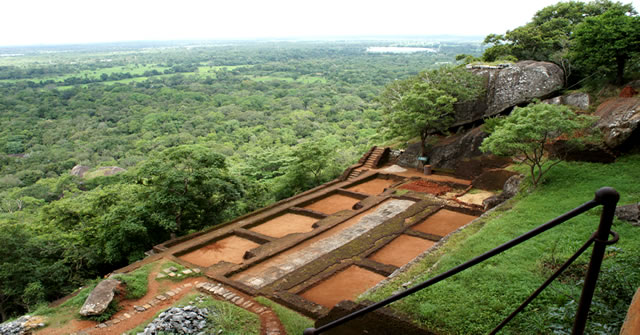
Sigiriya is located in the central Matale District of the Central Province, Sri Lanka in an area dominated by a massive column of
rock nearly 200 meters high. According to the ancient Sri Lankan chronicle the Culavamsa the site was selected by King Kasyapa
(477 – 495 AD) for his new capital. He built his palace on the top of this rock and decorated its sides with colourful frescoes.
On a small plateau about halfway up the side of this rock he built a gateway in the form of an enormous lion. The name of this place
is derived from this structure —Sihagiri, the Lion Rock. The capital and the royal palace were abandoned after the king's death. It
was used as a Buddhist monastery until the 14th century.
Sigiriya today is a UNESCO listed World Heritage Site. It is one of the best preserved examples of ancient urban planning. It is
the most visited historic site in Sri Lanka.

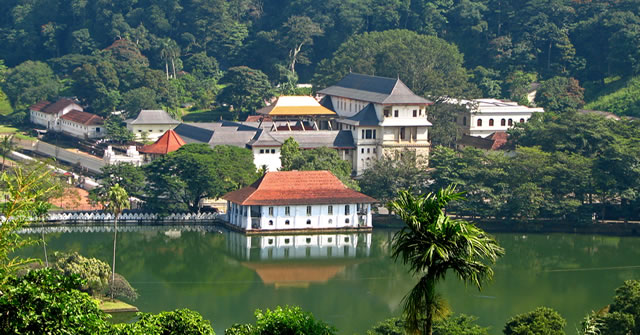
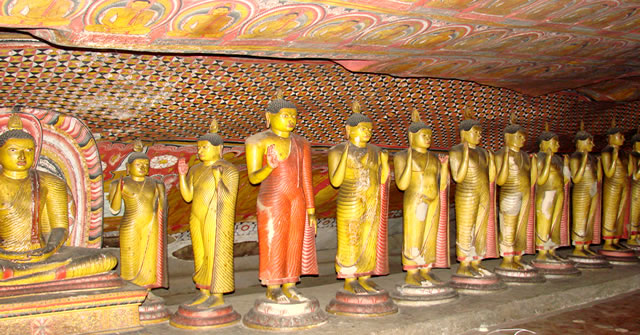
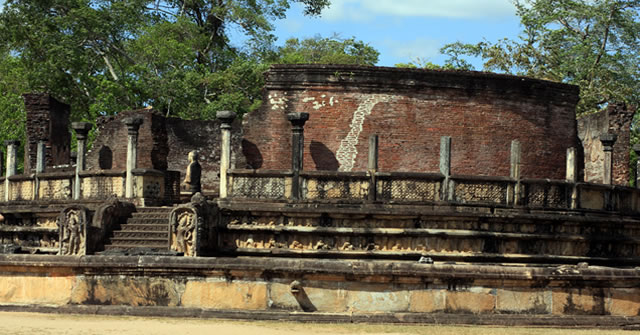
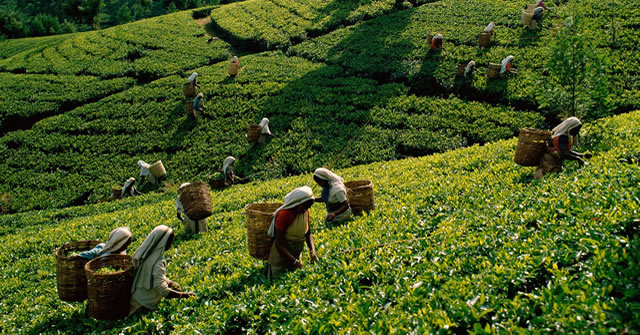
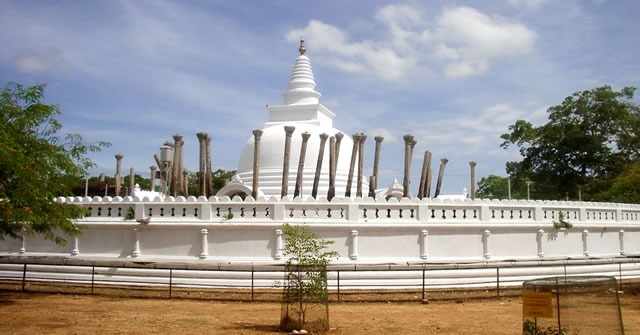
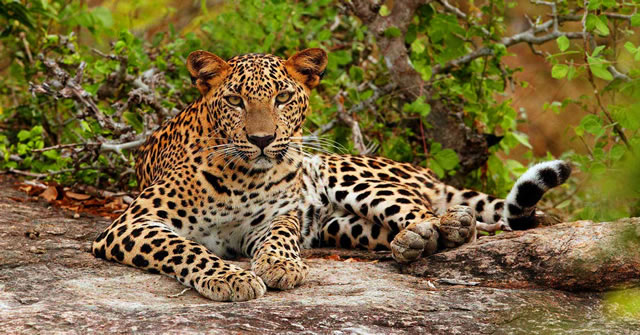

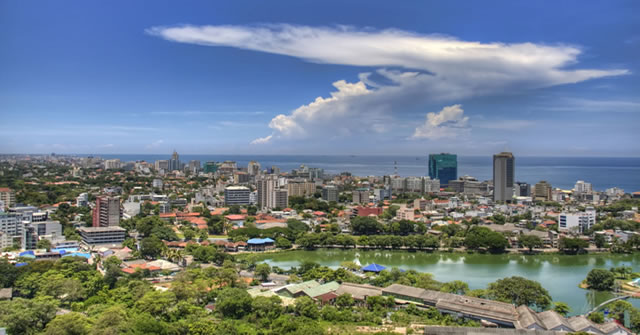
 Address: BRIDDEN'S PLACE
Address: BRIDDEN'S PLACE Phone: +94 (0) 777 958 413
Phone: +94 (0) 777 958 413
 Email:
Email:



